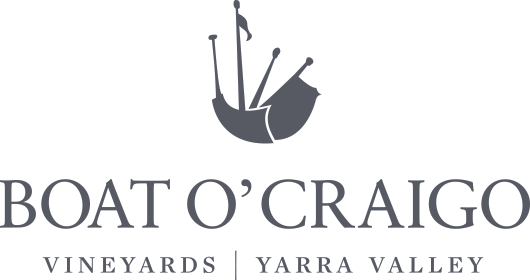All of a sudden it feels like orange wine is everywhere. It’s taken over the trendy wine bar, got its own section on the restaurant wine list, and even the corner pub is now keeping a bottle behind the bar. But what on earth is it?
Let’s get the obvious question out of the way first – no, orange wine is not made from oranges. And no, it doesn’t come from Orange either. It actually gets its name from the colour of the wine which is an orangey, amberish hue. And that’s why it’s sometimes also called amber wine – still with us?
Funky and complex, orange wine has skyrocketed in popularity over the last few years as more and more people try the incredibly moreish drop. They’re often associated with the Lo-Fi wine movement, which saw a flood of weird and wonderful, minimal intervention wines get some time in the spotlight. The flavour isn’t for everyone, some people love them and some people hate them, but the only way to find out is to try for yourself.
How is orange wine made?
It might be a relatively new trend but the process for making orange wine is thousands of years old. But just like the vinyl revival, orange wine is back in a big way.
You might be shocked to learn that orange wine is made from white wine grapes. Yep, the exact same grapes that are used to make classic whites like sauvignon blanc, pinot grigio, and vermentino can also be used to make orange wine.
Where things get a little different is how those grapes are used. Orange wine is orange because of something called “skin contact”. No, they're not getting a little too handsy – it’s a process where winemakers treat white wine grapes like red wine and leave the grapes to ferment with the skins, seeds and all. That means if you ever see a wine labelled “skin contact” or “on skins” you’ve got yourself an orange wine. The longer the grapes are left in contact with the skins, the deeper the colour and the sharpness of the flavour will be.
What does orange wine taste like?
Haters will say the funky taste of orange wine is like kombucha. You know what we say to them? A lot of people like kombucha. Every orange wine is going to taste different, it really comes down to the type of grape that was used and how long the wine was left to ferment on skins.
Sauvignon blanc is a popular choice for orange wine makers in Australia because it’s a pretty robust grape that stays crisp even after being fermented. If you usually drink sauvignon blanc, then an orange version is a good place to start your orange wine journey.
Orange wine and rosé are almost lookalikes and closely related in terms of how they’re made. A rosé is a red wine grape with a little skin contact, while an orange is a white wine grape with a lot of skin contact. Same, same but different.
What foods pair with orange wine?
Since the flavour of orange wine is kind of like a hybrid between white wine and red wine it’s super versatile when it comes to food pairing. Red meat, fish, vegetables, you name it and you can enjoy a glass of orange wine with it. That’s exactly what makes it a great dinner party wine, because it’ll go with almost everything and it’s a great conversation starter for anyone who hasn’t tried it before.
An easy way to enjoy orange wine with a meal is to serve it as an aperitif. Kick off your next lunch or dinner with a glass of orange and some antipasto to get your taste buds firing. It makes for a great party starter because it’s bright, fresh, with an almost spicy finish to get you salivating.
How to serve orange wine
Being the middleman between white and red means orange wine should be served somewhere in between how you would serve the others. A little warmer than white and a little cooler than red. Our best advice is to keep it in the fridge and take it out 20 minutes before you’re ready to pour. If you’ve got a decanter then give it a swirl, but if not – all good, just kick back and pour your funky new fave straight out of the bottle.
by Mitch Parker for Dan Murphy's
Clickhereto read the full article
